Today, Ukrainian astronomer Klim Churyumov would be 85 years old. He is known as one of the discoverers of the periodic comet Churyumov-Gerasimenko, as well as an outstanding scientist and popularizer of science.
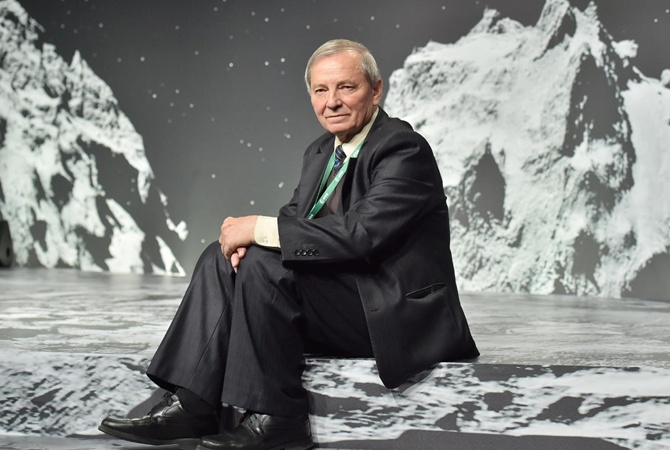
The scientist earned recognition among astronomers not only thanks to his comet Churyumov-Gerasimenko, to which the European spacecraft Rosetta had approached and dropped the Philae research probe on its nucleus. Klim Ivanovich Churyumov was an outstanding specialist in the field of small bodies of the solar system. He left behind many scientific papers, monographs, articles in popular publications, and became the author of several books for children. In the last years of his life he held the position of director of the Kyiv Planetarium.
… Usually astronomers remember well the moment or event that made them interested in this science. Klim Ivanovich could not remember such a moment and always said that this hobby has lived in him since childhood. At the same age he became interested in geography: being just 4 years old, he amazed adults with his knowledge of parts of the world, countries, seas and oceans, which he showed on a large map hanging in his father’s room.
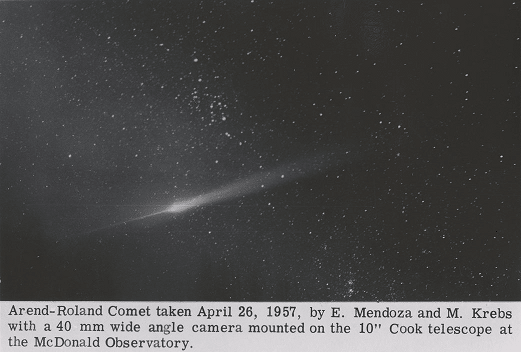
А от момент появи зацікавленості Чурюмова саме кометами можна визначити досить точно. Рік 1957-й відзначився не лише запуском першого штучного супутника Землі, але й появою двох яскравих комет — Аренда-Ролана та Мркоса. Вони й визначили остаточно напрямок наукової діяльності Клима Івановича. А ще йому пощастило з науковим керівником, яким став видатний астроном Сергій Всехсвятський.
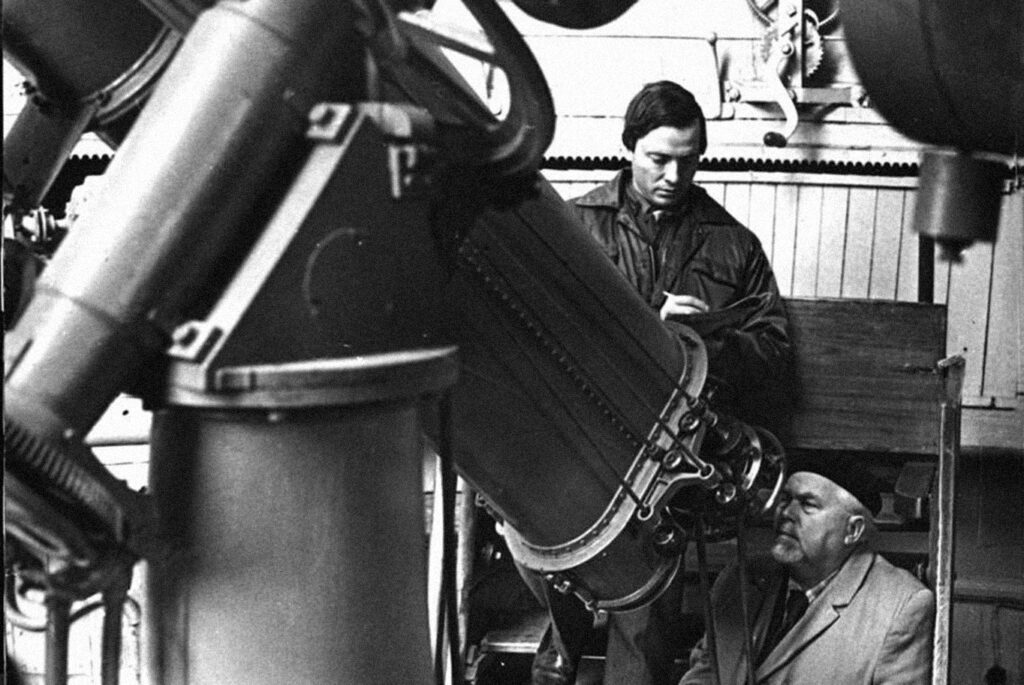
After graduating from university in 1960, Churyumov first went on a scientific expedition to the polar village of Tiksi, to the Polar Geophysical Station, where he studied auroras and the ionosphere. Thus started to come true his childhood dream of long journeys. There were many more in his life. Of all the continents on the planet, he has not only visited Africa and Antarctica, and the number of countries he visits exceeds fifty.After returning to Kyiv in 1962, Klim Churyumov began working at the Arsenal plant. There he took part in the development of space technology, thus realizing another dream. He was sent on business trips to the Baikonur and Plesetsk cosmodromes. At the same time he taught, wrote the first popular science articles, studied at the University of Kyiv and eventually became a researcher at the Department of Astronomy. In 1969, he made his main discovery: on a photographic film taken by Kyiv State University graduate student Svetlana Gerasimenko at the Almaty Observatory during observations of Comet Comas Sola, the scientist found an “extra” nebulous object and realized it was a new small body in the solar system. Now we know it as the Churyumov-Gerasimenko comet (67P / Churyumov-Gerasimenko).
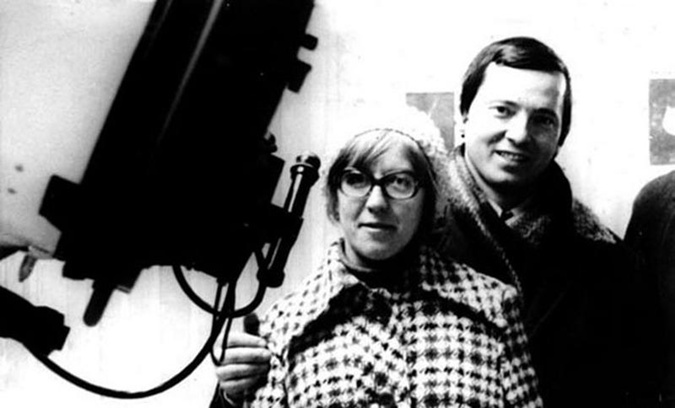
In 1972, Klim Churyumov defended his thesis on the results of observations of comets that appeared in the previous decade. At this time he was actively involved in the issuing of a unique paper in the USSR — Comet Circular. It contained information about the latest discoveries of “tailed stars”, current estimates of brightness, announcements of scientific articles on comet topics. This journal lasted until almost the end of the twentieth century and was an invaluable source of information for Soviet scholars who had limited access to foreign periodicals at those times.
The years from 1982 to 1987 were marked by Halley’s Comet, which once again returned to the Sun. No wonder that Klim Ivanovich took an active part in its observations, as well as in the coordination of international research within the International Halley Watch projects and corresponding Soviet programs. But he does not stop his own efforts to discover the “tailed stars”. They culminated in the discovery in May 1986 of the long-period comet Churyumov-Solodovnikov.
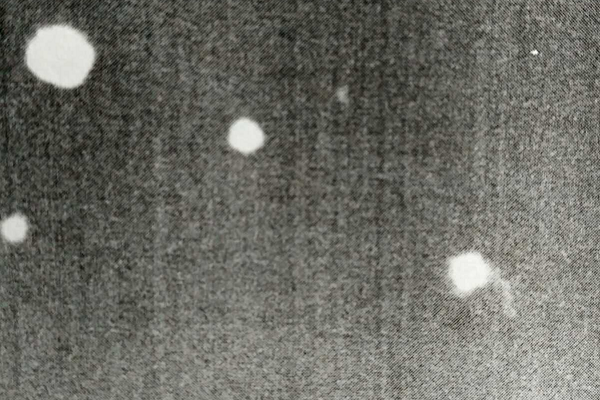
In 1988, the scientist studied the astrometry of the Mars’ satellites Phobos and Deimos as a part of the Soviet space project “Phobos” (which, unfortunately, failed). In 1991, he participated in the first congress on asteroid impact avoidance in the United States. After Ukraine gained independence, opportunities for scientific contacts and travel have significantly expanded, Klim Ivanovich regularly participates in the General Assemblies of the International Astronomical Union, numerous symposia and conferences.In 1998, Klim Ivanovich Churyumov was appointed professor at the University of Kyiv. He conducts active scientific and educational activities, under his leadership 11 Doctor theses were written and defended. And in 2002 the European Space Agency made a decision to send Rosetta spacecraft to the Churyumov-Gerasimenko comet. For the second time in history, an automatic probe went to the celestial body during the lifetime of its discoverers.
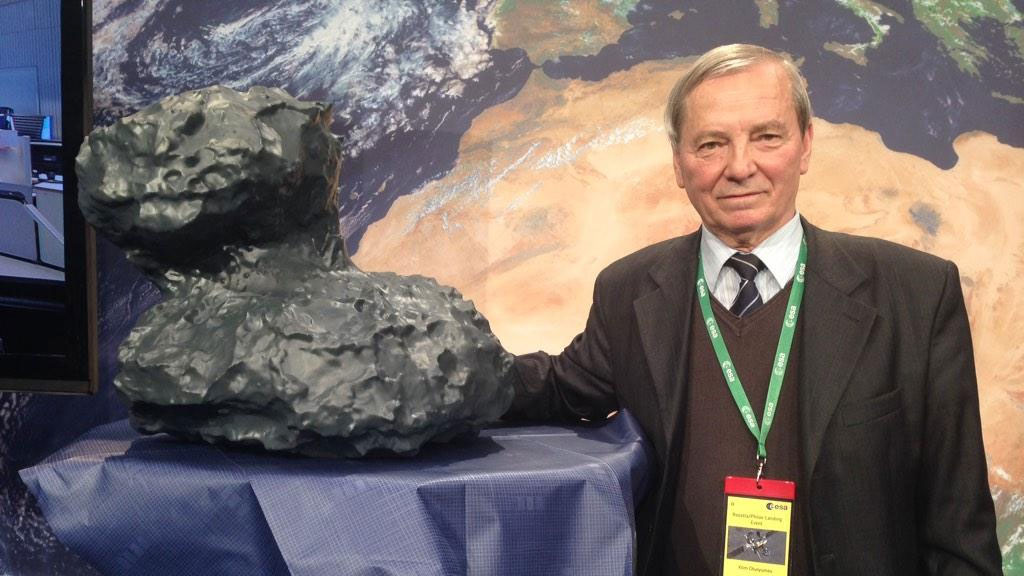
These achievements alone would be enough to save the scientist’s name forever in human history. But, in addition to them, he made a huge contribution to astronomy — he wrote more than 800 scientific articles, authored and co-authored almost 40 books, reference books and manuals. He inspired and supported amateur astronomers in many ways, providing them a “ticket to science”. Churyumov’s contribution to the popularization of science includes hundreds of articles in the world press, in which he not only talked about comets and the Rosetta mission, but also reflected on the fate of mankind, asteroid threat and other global problems. From 2002 until his death, he also worked in the astronomical magazine “Nashe Nebo” (“Our Sky”).
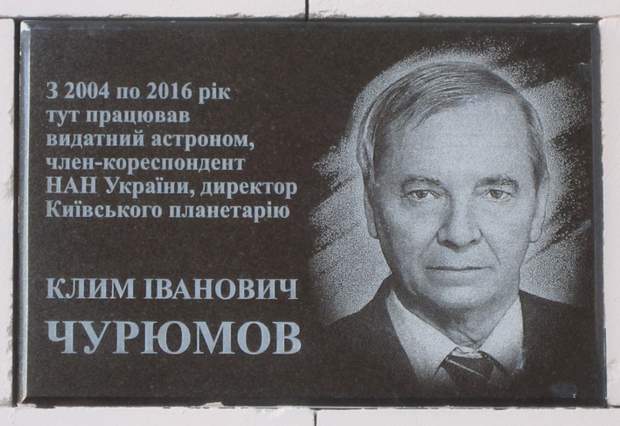
Apparently, in a sense, it is symbolic that the scientist’s life came to an end two weeks after the spacecraft that studied the Churyumov-Gerasimenko comet fell on its nucleus and lost contact with the ground control center forever. They both honorably fulfilled and even exceeded their mission.

